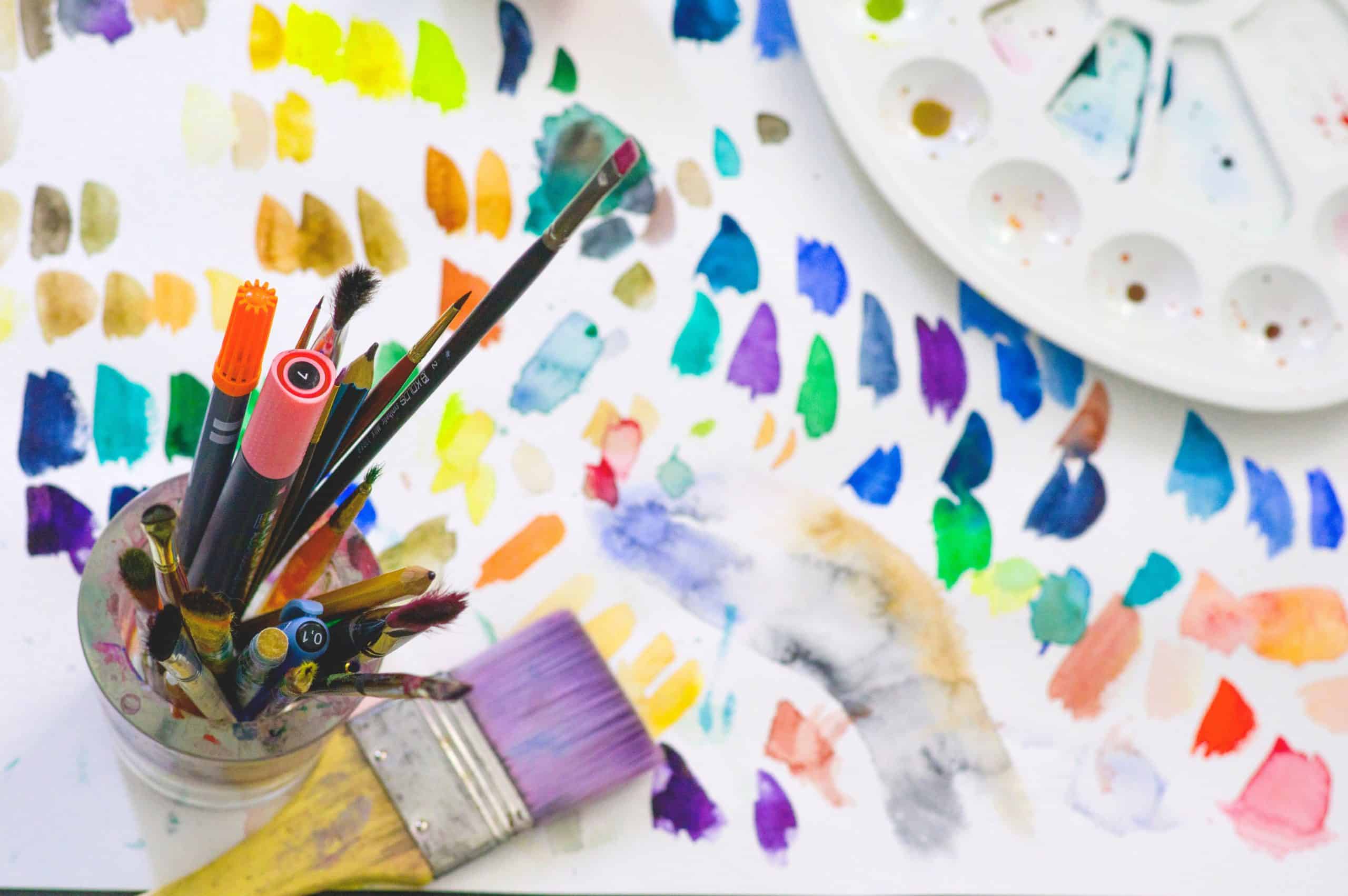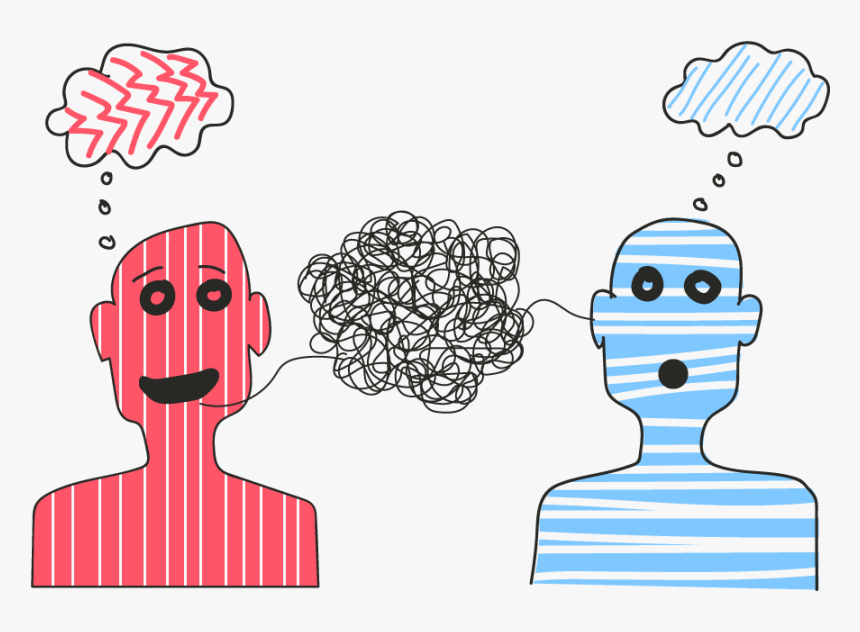 |
| (The Education Hub, 2021) |
What is the PURPOSE of visual arts in ECE?
Visual arts in early childhood education is such an important tool to capture engagement in children, utilising various mediums in order for children to express their creative minds. When engaging in visual arts, children have the opportunity to develop their fine motor skills, social skills (sharing resources with peers), and cognitive development. Maintaining the view that the arts can be a communication tool, visual arts assists children in finding ways to represent their world when they have not yet learnt the words to explain it; art helps children to make meaning of life (Mandrapa, L, 2021).
The use of visual arts can also enable children to engage in some scientific exploration through sensory experience, hypothesising, experimenting, and evaluating. Skills such as these are able to be transferred from one activity to another, allowing the child to grasp more concepts while understanding the questioning their world.
How can we ASSESS this?
Adults generally believe children have an exact idea of what they create, believing it is an object, event of person, however they may simply be engaging in "aesthetic exploration" (Probine, n.d.) rather than making a specific image. To help educators in understanding this, we need to observe the child, provide the child with time to complete their artwork, and to communicate with the child about their artwork, asking them questions to engage their ability to share information and their ideas verbally.
Assessing in early childhood is less formal that in primary as children in this age are still learning and mastering basic skills. For assessment of visual arts skills, educators are encouraged to conduct observations, whether they are planned or unplanned, and watch how the child interacts with the materials, their peers, and even if they communicate with themselves to guide their experience. The Early Years Learning Framework (Belonging, being & becoming, 2009) and Developmental Milestones (Developmental milestones and the Early Years Learning Framework and the National Quality Standards, n.d.) are two essential tools for educators to utilise when assessing and planning children's learning.
As educators, some aspects we can assess are:
- what pencil grip does the child use?
- how does the child manipulate the tools provided?
- does the child engage in conversation with others during the activity?
- does the child guide their exploration through speaking to themselves?
- does the child show hand dominance?
- can the child name some colours correctly?
References
Australian Government Department of Education, Employment and Workplace Relations for the Council of Australian Governments. (2009). Belonging, being & becoming.
Developmental milestones and the Early Years Learning Framework and the National Quality Standards.
Mandrapa, L. (2021). Learn to decode children's drawings | Novak Djokovic Foundation. Novak Djokovic Foundation. Retrieved 13 September 2021, from https://novakdjokovicfoundation.org/learn-to-decode- childrens-drawings/.
Probine, S. An Introduction to the Visual Arts in Early Childhood Education. Retrieved 14 September 2021, from https://theeducationhub.org.nz/an-introduction-to-the-visual-arts-in-early-childhood-education/#_edn6.
The Education Hub. (2021). [Image]. Retrieved 13 September 2021, from https://theeducationhub.org.nz/an- introduction-to-the-visual-arts-in-early-childhood-education/.




